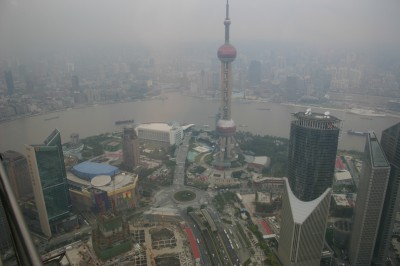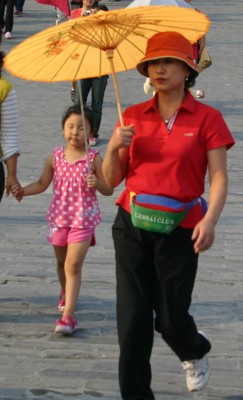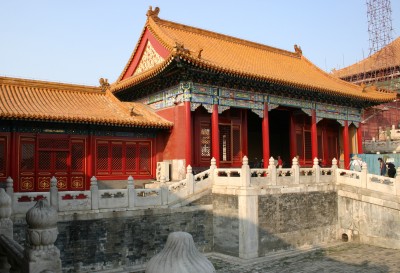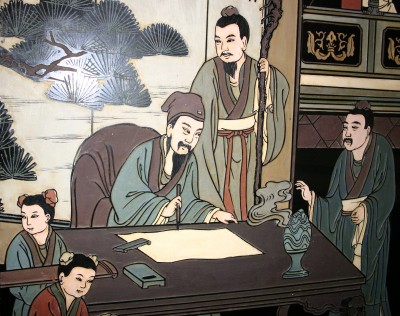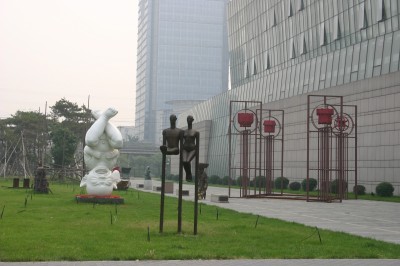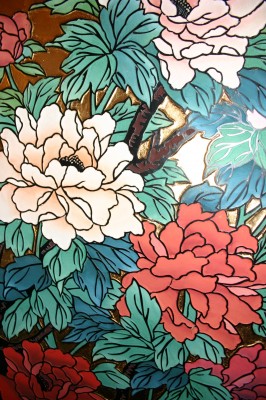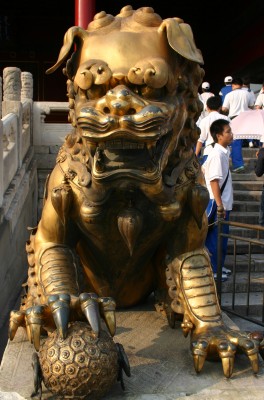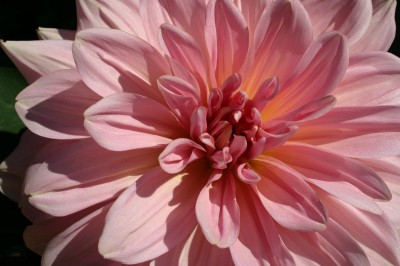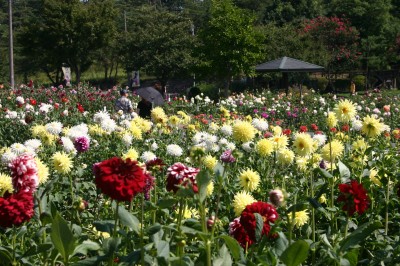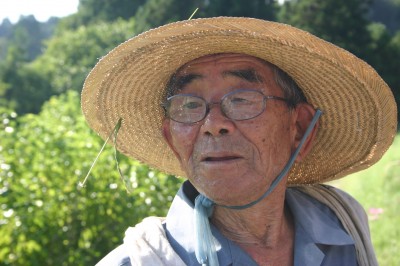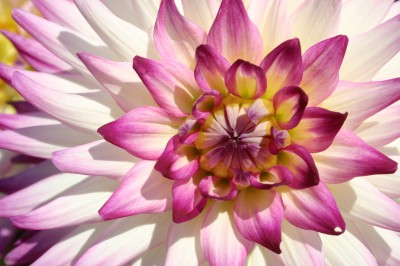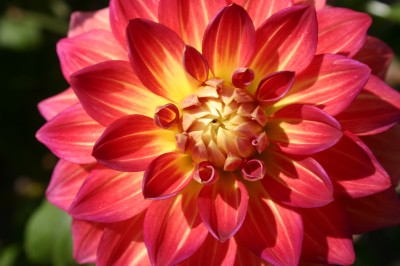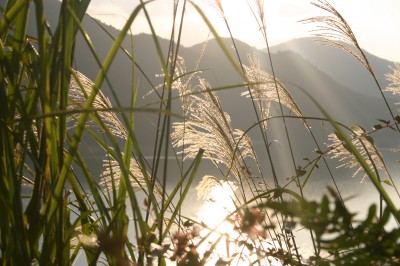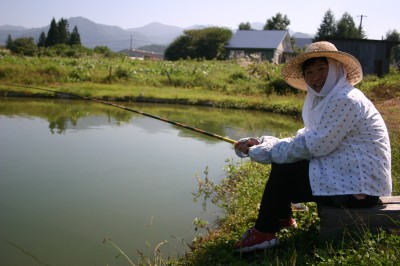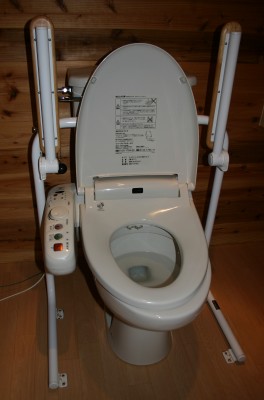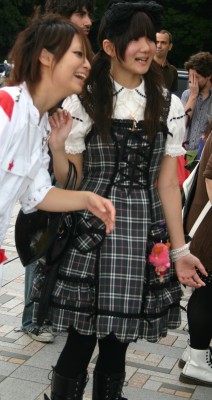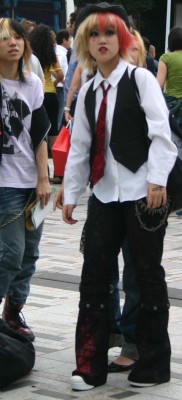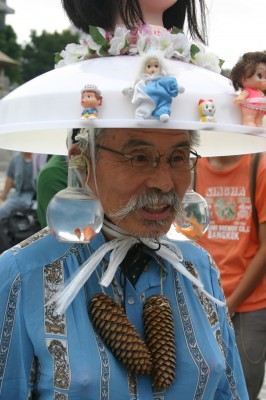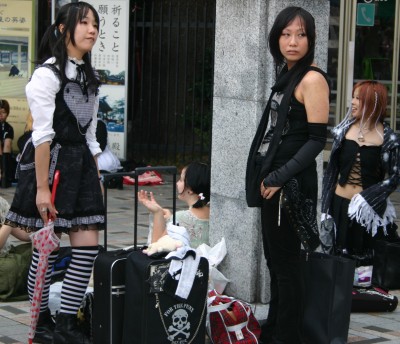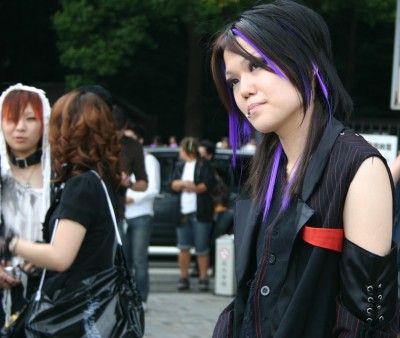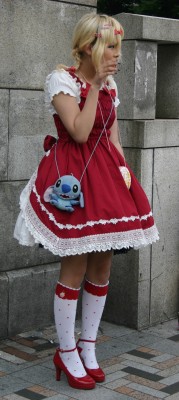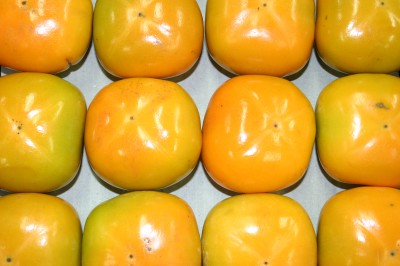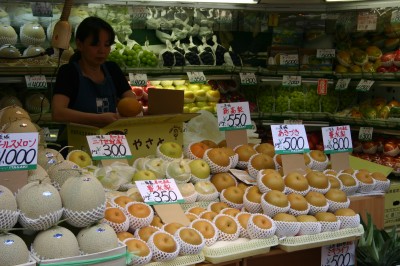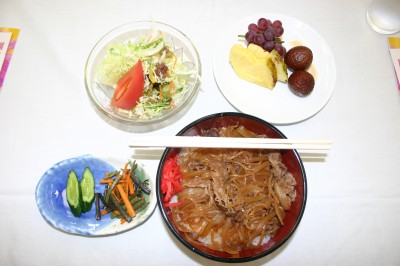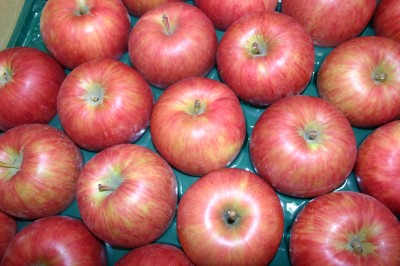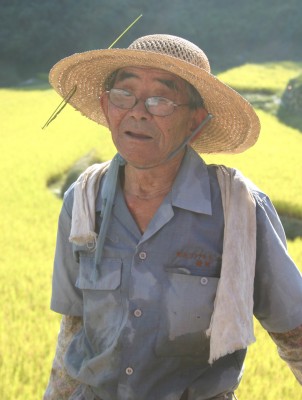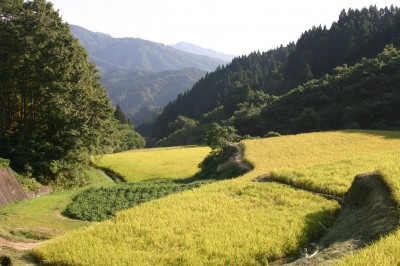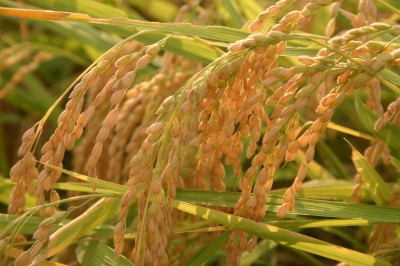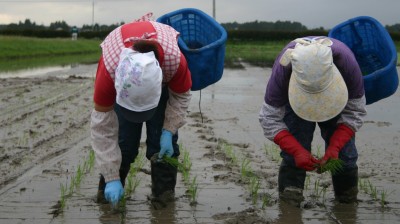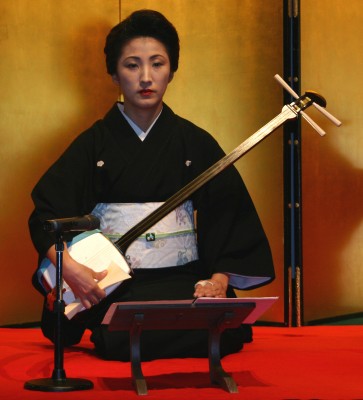Although I have visited 38 countries in five continents, I am pleased that I can still get excited about embarking on new adventures, such as this trip to the other side of the world in New Zealand. First stop on the very long way is Singapore, which means I can chalk up yet another country on my growing list.
Singapore is a charming mix of old and new, oriental and western, city and rain forest. A wide array of palm trees, some of them sporting coconuts, some of them adorned with epiphytes, and mimosas, fig trees, and flowering trees and bushes that I don’t even recognize lend a rain forest feel to the bustling city. Birds and butterflies abound in the greenery. There is so much verdant lushness that you sometimes forget that you are in one of the largest port cities and commercial centres of the Far East.
The skyline is characterized by modern skyscrapers and a veritable forest of building cranes. I have never seen so many cranes in one place, not even in Shanghai. The number of ships in the harbour is pretty amazing, too. It looks like an aquatic multi-lane highway. I’m impressed that they don’t bash into each other.
Singapore has several distinct neighbourhoods including a Chinatown and an Indian neighbourhood. There are a lots of Buddhists, Hindus and Muslims. Temples, mosques, pagodas, prayers, pudgy and happy Buddhas, and incense permeate the atmosphere in a charming mêlée of multiethnicity.





